
Author Mads Timmermann
Mads has 14+ years of experience as a skin expert and has written/read this article.
Back acne, commonly referred to as "bacne," can be a frustrating and embarrassing condition. Just as facial acne, this skin issue affects many people and can be a source of discomfort and self-consciousness. In this article, we'll discuss some home remedies to help manage and prevent back acne from becoming a major concern.
Understanding the causes and triggers for back acne is essential for finding the right treatment plan. Various factors such as hormones, oil production, and even clothing can contribute to the development of acne on the back. By taking a holistic approach and incorporating various home remedies, we can address these factors and potentially improve the condition of our skin.
Key Takeaways
- Home remedies can be a helpful addition to the treatment of back acne.
- Understanding the causes of back acne is vital for finding an effective solution.
- Prevention strategies can significantly reduce the recurrence of back acne.
Understanding Back Acne
Causes of Back Acne
Just like acne on the face, back acne, also known as "bacne," is caused by various factors. The primary cause is the build-up of dead skin cells and excess sebum (oil) in the hair follicles on the back. Once these hair follicles are clogged, they create a favorable environment for bacteria to thrive, leading to inflammation and acne breakouts.
Some common triggers for back acne include:
- Hormones: Hormonal changes can increase sebum production, making the skin more prone to acne.
- Genetics: A family history of acne may predispose individuals to develop back acne.
- Sweat and friction: Tight clothing, workout clothes, and excessive sweating can irritate the skin and contribute to acne breakouts.
- Diet: Certain foods, especially those high in sugar or dairy, may aggravate acne in some individuals.
- Stress: Increased stress levels can contribute to acne breakouts by triggering hormone production or causing inflammation.
Common Types of Back Acne
Back acne can manifest in different ways, just like acne on the face. Here are the most common types:
- Comedonal acne: This type includes blackheads and whiteheads, which occur when oil and dead skin cells clog the hair follicle. Comedonal acne is noninflammatory.
- Papules: Small, red, and raised bumps, papules are a result of inflammation, bacteria, and clogged pores.
- Pustules: Similar to papules, pustules are pus-filled bumps caused by inflammation and bacteria.
- Nodules and cysts: These are more severe forms of acne, often found deeper in the skin. They can be quite painful and take longer to heal, increasing the risk of scarring.
As with any skin condition, it is essential to consult a dermatologist or healthcare professional for proper diagnosis and treatment. Understanding the causes and types of back acne can be helpful in managing the condition and improving skin health.
Home Remedies For Back Acne
Natural Ingredients
Several natural ingredients can be effective in treating back acne. For instance, tea tree oil is known for its antimicrobial properties that can help in reducing inflammation and preventing new breakouts. Dilute a few drops of tea tree oil with a carrier oil like jojoba or coconut oil and apply it to the affected area using a cotton ball. Another ingredient you may want to try is apple cider vinegar, which can help balance the skin's pH levels. Mix equal parts apple cider vinegar with water and apply the solution with a cotton ball to the acne-prone areas on your back.
Green tea also has anti-inflammatory properties that make it an excellent choice for treating back acne. You can make a green tea spray by steeping green tea bags in hot water for a few minutes, allowing the tea to cool, and then transferring the tea to a spray bottle. Spritz the green tea onto your back acne regularly for the best results.
Lifestyle Changes
To prevent and treat back acne, it's essential to incorporate certain lifestyle changes. Maintaining good hygiene is crucial. Ensure that you take regular showers, especially after sweating or exercising. Use a gentle cleanser designed for acne-prone skin and avoid using harsh soaps that can strip the skin of its natural oils. Another change that lines up with this is to Incorporate a skin care routine based specifically on your needs.
Make sure to change your bed sheets and pillowcases regularly, as dirt and sweat can accumulate on them, leading to acne breakouts. Additionally, try to wear loose, breathable clothing to prevent friction and irritation on your skin. Opt for fabrics like cotton or moisture-wicking materials, especially when working out.
Diet can also play a role in acne development. Consuming a balanced diet with a focus on fresh fruits, vegetables, whole grains, and lean proteins may help improve your skin's overall health. Also, keep yourself well-hydrated by drinking plenty of water throughout the day.
By considering these natural ingredients and lifestyle changes, you can work towards effectively treating and preventing back acne. However, it's essential to be patient, as results may take time. In some cases, consulting a dermatologist or a holistic practitioner for additional guidance may be necessary.
Consultation And Medical Treatment
When To Consult A Dermatologist
While home remedies can be helpful in treating mild back acne, we recommend consulting a dermatologist if the condition persists or worsens. Signs that it's time to consult a dermatologist include:
- Persistent acne: If your back acne doesn't improve after trying home remedies for a few weeks, it might be time to see a professional.
- Severe acne: Types of severe acne such as cystic or nodular acne require medical treatment and should not be treated with home remedies alone. These forms of acne are more likely to cause scarring and can be painful.
- Scarring: If you notice any signs of scarring, it might indicate that your acne is not responding well to home treatments, and professional attention is needed.
- Emotional distress: Acne can cause emotional and psychological distress. If your back acne is affecting your self-esteem and overall well-being, it's worth seeking professional help.
Prescribed Treatments
Dermatologists may prescribe a range of treatments for back acne, depending on the severity and individual needs. Some of the common medical treatments include:
- Topical treatments: Your dermatologist may recommend medicated creams, gels, or lotions such as benzoyl peroxide, salicylic acid, or retinoids to be applied directly to the affected area. These help unclog pores and reduce inflammation.
- Oral medications: In some cases, oral medications like antibiotics, birth control pills, or isotretinoin might be prescribed. Antibiotics help reduce bacterial growth, while birth control pills can regulate hormonal imbalances that contribute to acne. Isotretinoin is a powerful medication used for severe acne that has not responded well to other treatments.
- Office-based procedures: Treatments like chemical peels, light therapy, or corticosteroid injections may also be recommended by your dermatologist, especially if your acne is more severe or has left scarring.
Remember, it's essential to discuss any existing home remedies you're using with your dermatologist to ensure there are no conflicts or adverse reactions with their prescribed treatments. Combining home remedies with medical treatment, when necessary, can lead to improved results and help you achieve clearer, healthier skin.
Preventing Back Acne
It is essential to follow certain habits and practices to prevent back acne from forming in the first place. We must focus on maintaining proper hygiene, using the right products, wearing suitable clothing, and maintaining a healthy diet. In this section, we will discuss various steps we can take to prevent back acne.
Choose the right body cleanser: Using a gentle body cleanser that is specifically designed for acne-prone skin can help keep the pores on your back unclogged. Avoid using harsh scrubs, as they can cause irritation and may worsen the condition.
Keep the skin clean: Showering regularly, especially after exercising or sweating, can help prevent dirt, oil, and sweat from building up on the skin's surface. Use a mild soap and warm water to gently cleanse the affected area.
Wear suitable clothing: Opt for loose-fitting, breathable fabrics like cotton to allow the skin to breathe and reduce friction. Avoid tight, synthetic materials that can trap sweat and oil against your skin, leading to breakouts.
Proper diet and hydration: Consuming a balanced diet rich in vitamins and nutrients will enhance overall skin health. Avoiding excessive sugars, saturated fats, and processed foods can aid in reducing inflammation that leads to acne breakouts. Staying well-hydrated by drinking plenty of water can also benefit your skin's overall health.
Change bed sheets regularly: Clean bedsheets reduce the chances of bacteria and dead skin cells accumulating on your sleeping surface, which can contribute to back acne. Changing them at least once a week can make a difference in preventing breakouts.
By following these simple steps, we can greatly reduce the risk of developing back acne and ensure that our skin remains healthy and clear.
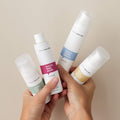
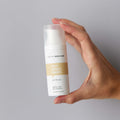
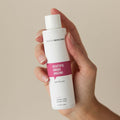
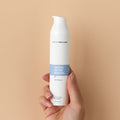
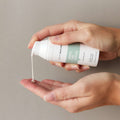
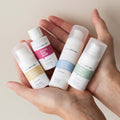
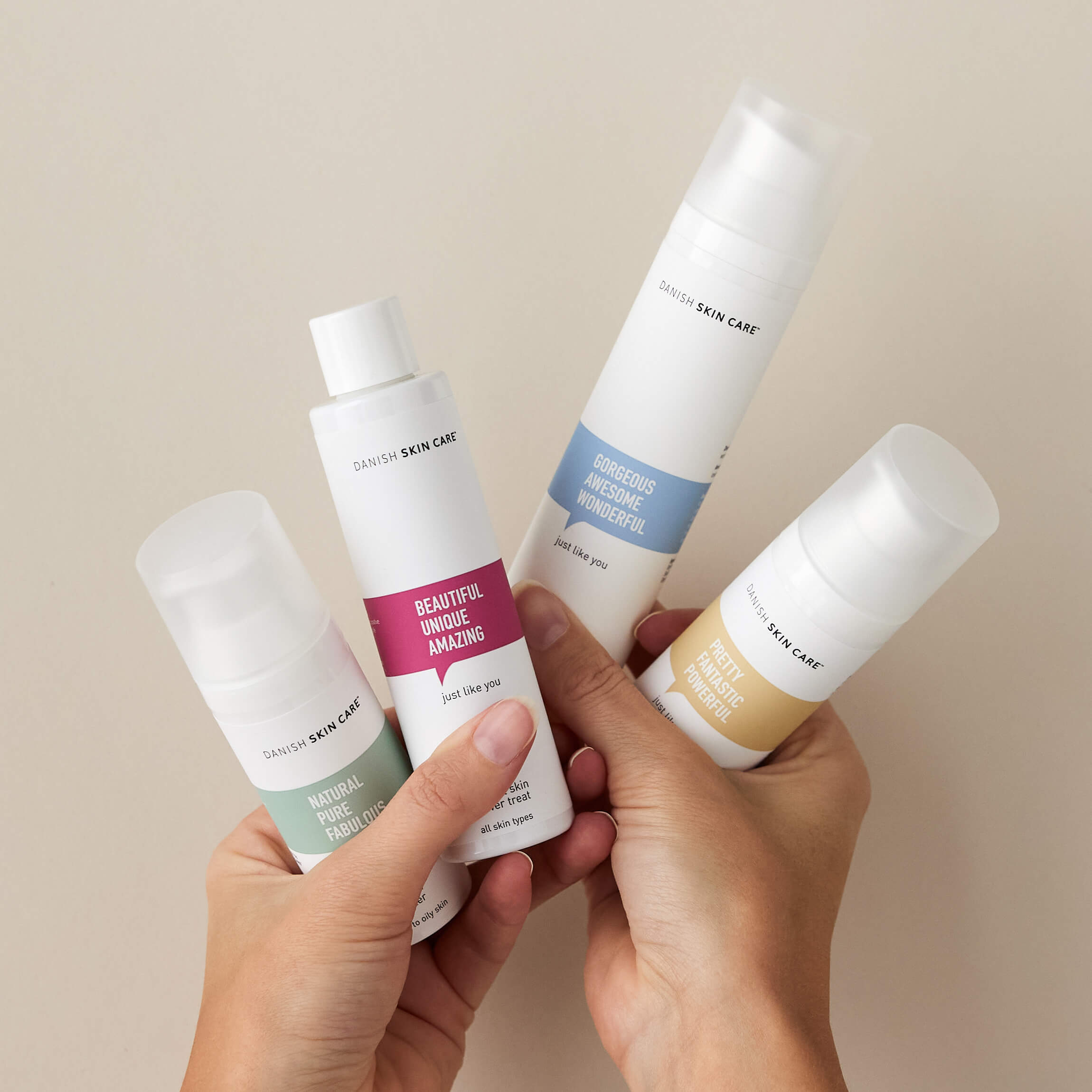
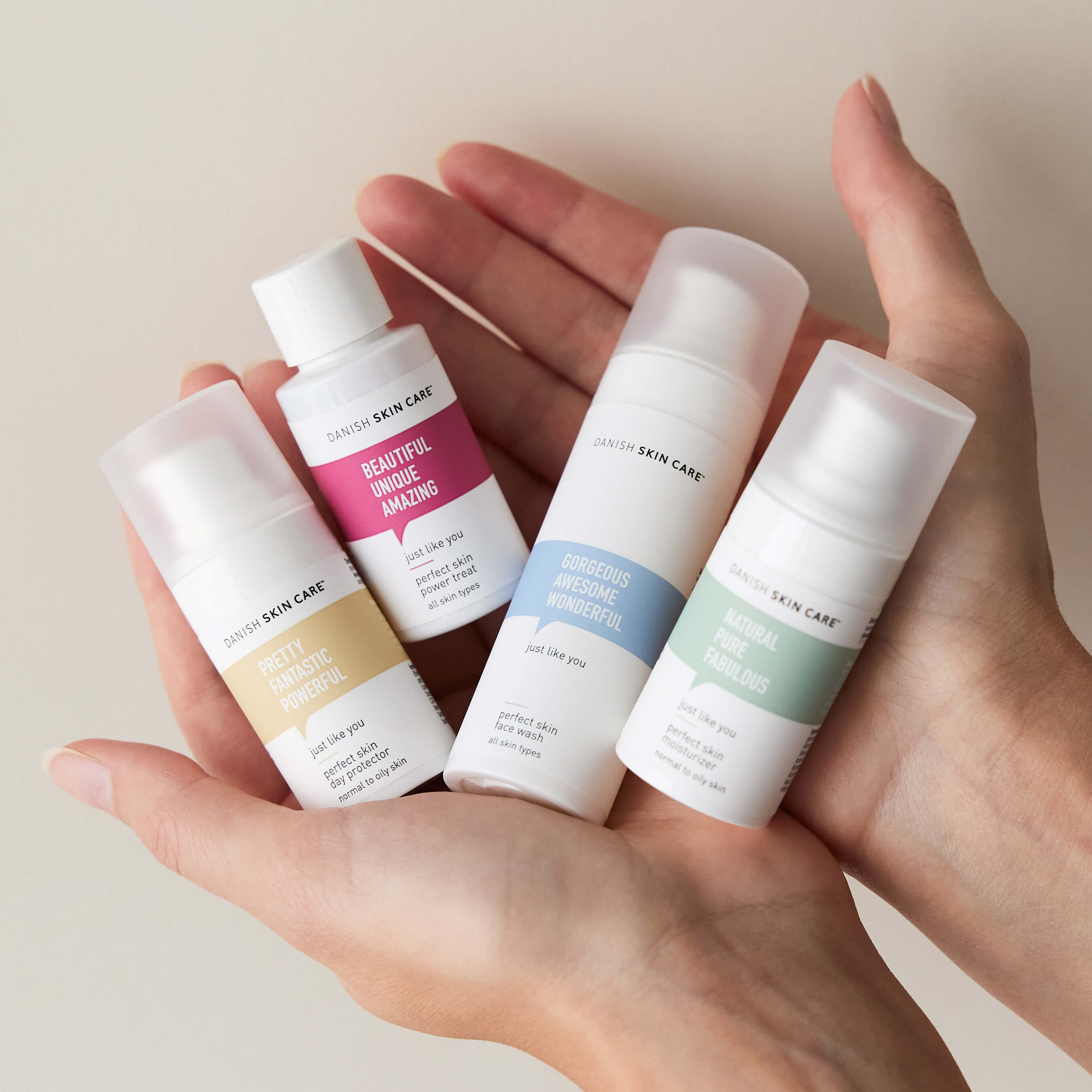

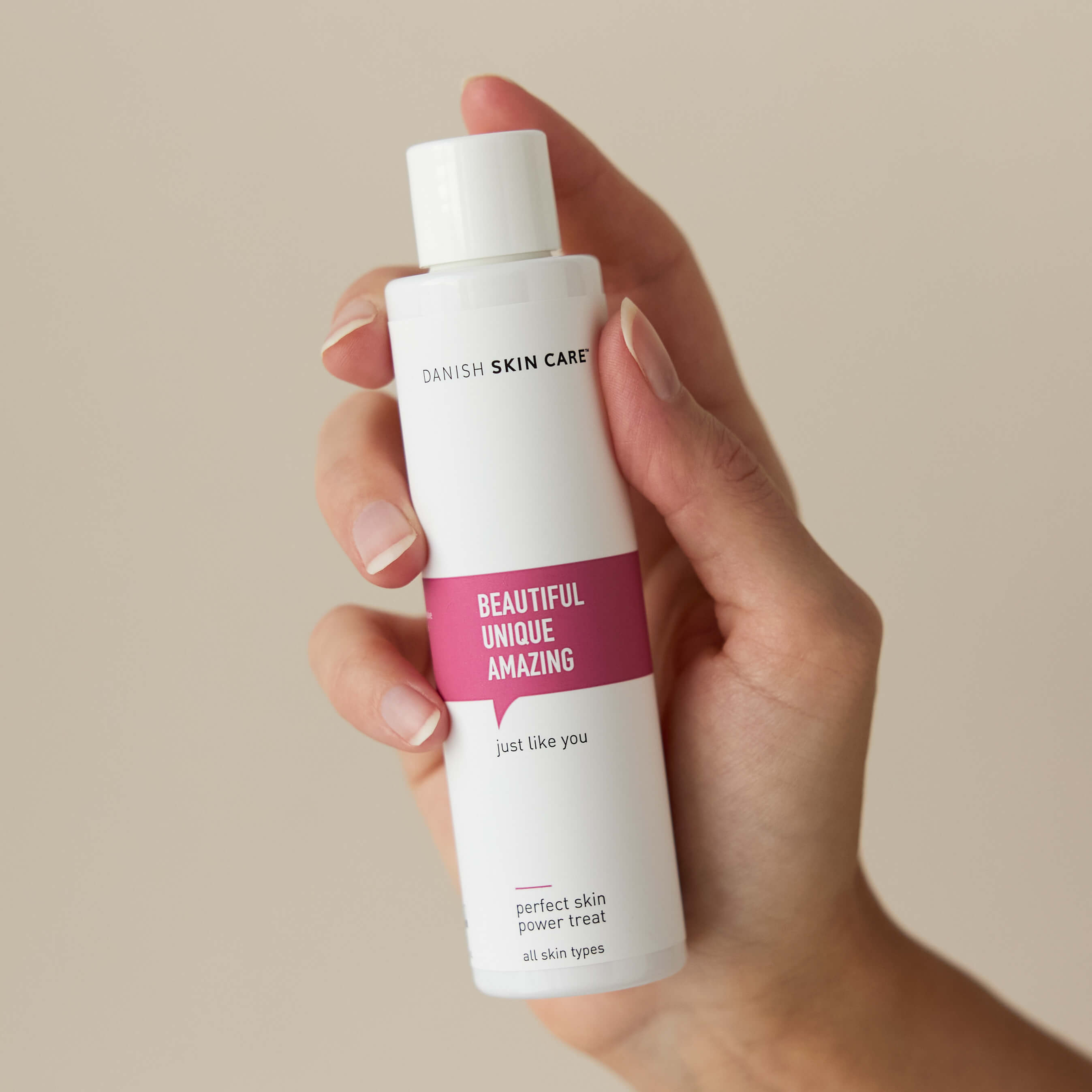


Leave a comment